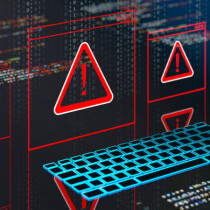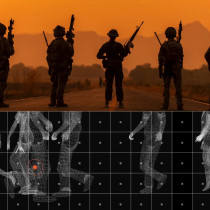How to anonymously get root access on a quarter million machines overnight
An interesting read highlighting a technique I've pondered before. My firewall logs are filled to capacity, not to mention my HTTP access logs, with attempts by Code Red to attack my systems. When you think about it though, all these logs represent is a list of servers that are vulnerable to the IIS .ida exploit. I've got one machine that has hit me with HTTP probes over 200 times in the last week. I've tried to contact the admin, but no luck. My next temptation is to crack into the box and just wipe it to stop the annoying alerts I get every few hours.



































































